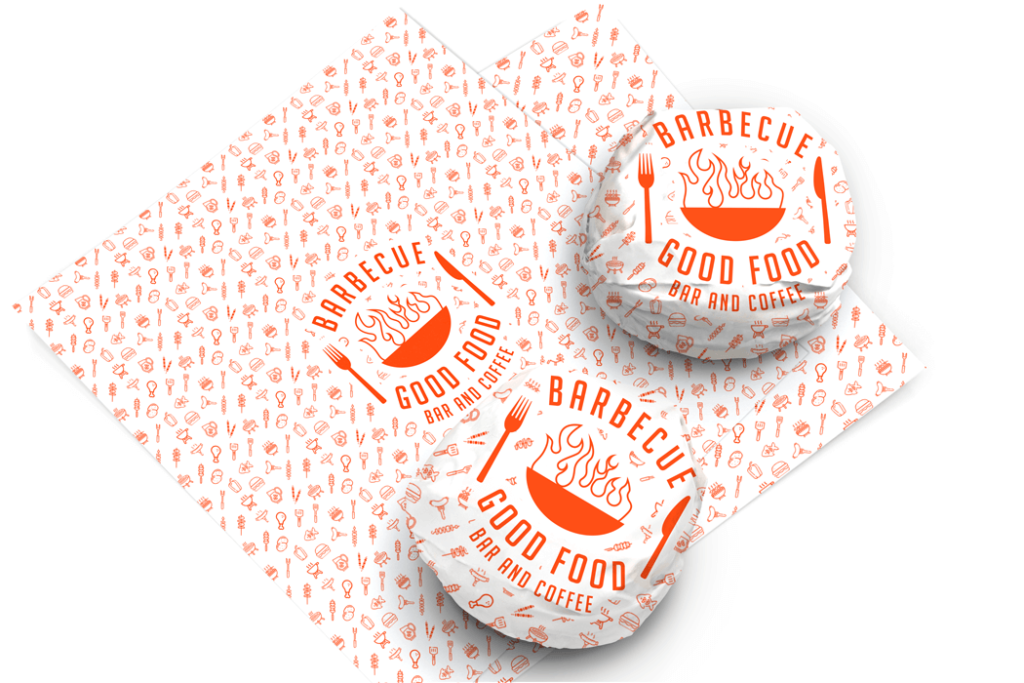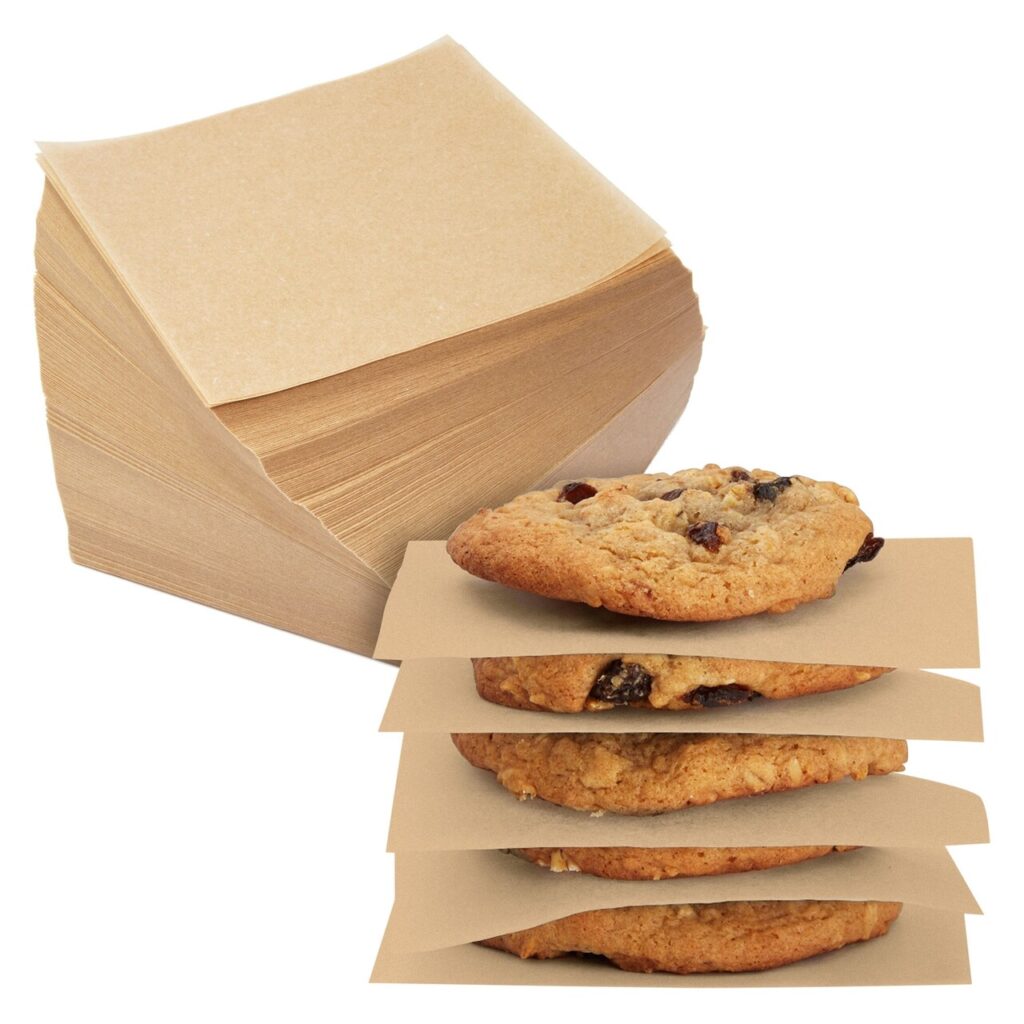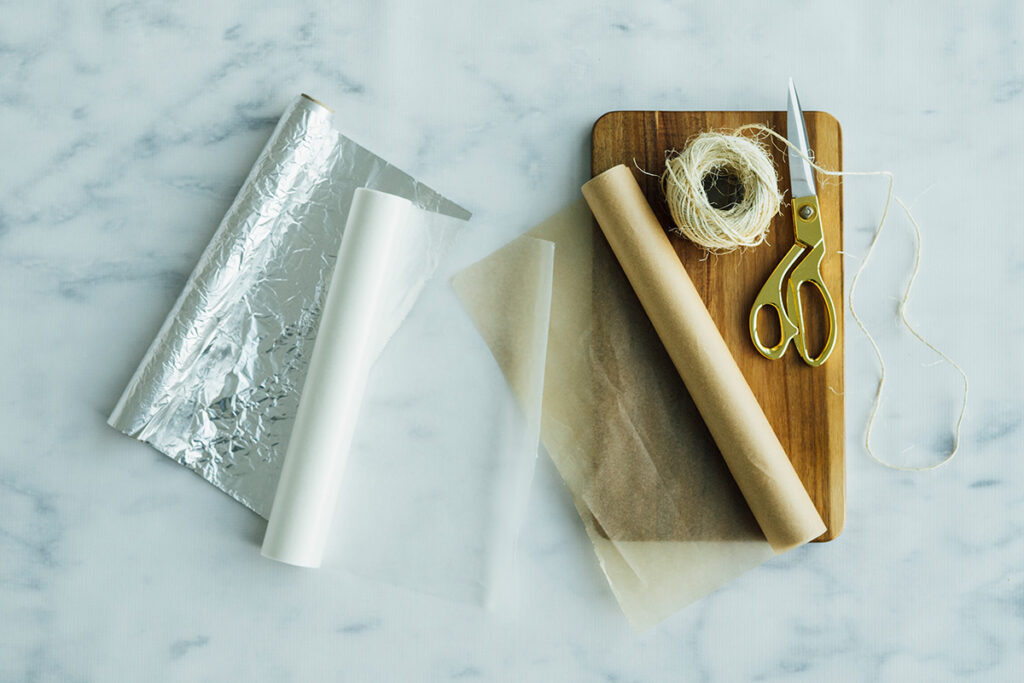Wax paper is an often-overlooked staple in many kitchens, yet its versatility and practicality make it a valuable tool for both chefs and home cooks alike. While it may not be as celebrated as parchment paper or aluminum foil, wax paper has unique advantages that can simplify food preparation and presentation. This guide explores the essential uses of wax paper in the kitchen, providing tips and tricks to maximize its potential.
What is Wax Paper?
Before diving into its uses, it’s essential to understand what wax paper is. Wax paper is made by coating paper with a thin layer of wax, typically paraffin or soybean wax. This coating creates a moisture-resistant surface, making it ideal for various kitchen tasks. However, it’s important to note that wax paper is not heat-resistant, so it should not be used in the oven or microwave.
1. Food Storage and Preservation
One of the primary uses of wax paper in the kitchen is for food storage. Its moisture-resistant properties make it an excellent choice for wrapping perishable items. Here are some tips for using wax paper effectively:
a. Wrapping Sandwiches
Use wax paper to wrap sandwiches for lunches or picnics. The paper keeps the moisture in without making the bread soggy, ensuring your sandwich stays fresh and delicious. Simply wrap the sandwich tightly, sealing the edges, and secure it with a piece of tape or string for added stability.
b. Storing Cheese
Wax paper is perfect for wrapping cheese. Unlike plastic wrap, which can trap moisture and cause cheese to sweat, wax paper allows the cheese to breathe while keeping it protected. Wrap your cheese in wax paper and then place it in a reusable container. This method helps maintain the cheese’s flavor and texture.
c. Freezing Foods
For items that you plan to freeze, such as cookie dough or meats, wax paper can be a great aid. Portion out your dough or meat and wrap it tightly in wax paper before placing it in a freezer bag. This method prevents freezer burn and keeps your food fresh for longer. Be sure to label the packages with the date and contents for easy identification later.

2. Baking and Cooking Preparation
While wax paper shouldn’t be used in the oven, it can play a crucial role in the preparation stage of baking and cooking.
a. Rolling Out Dough
When rolling out dough for pastries, cookies, or pizzas, place sheets of wax paper on your countertop or cutting board. This prevents the dough from sticking and makes cleanup a breeze. Simply peel away the wax paper when you’re done, leaving behind a clean surface.
b. Layering Baked Goods
If you’re making layered cakes or pastries, use wax paper between the layers to prevent sticking. Cut circles of wax paper to fit the size of your cake or pastry layers, placing them between each layer. This technique helps maintain the integrity of your creations, making it easier to transport and serve.
c. Draining Fried Foods
When frying foods like chicken or doughnuts, place a sheet of wax paper on a plate to drain excess oil. The wax paper absorbs some of the grease, helping keep your fried items crispy without becoming overly oily.
3. Creative Uses in Meal Presentation
Wax paper can also be a fun addition to your meal presentation, adding a touch of creativity to your dining experience.
a. Serving Food
For casual gatherings or picnics, use wax paper to line baskets or trays for serving food. It adds a rustic, charming touch while keeping your serving dishes clean. Simply place a sheet of wax paper in the basket, and arrange your food on top. This is especially great for finger foods like sandwiches, pastries, or snacks.
b. DIY Food Cones
Create fun food cones using wax paper for serving snacks like popcorn, fries, or roasted nuts. Cut a triangle from a sheet of wax paper and roll it into a cone shape, securing the edge with tape. Fill the cone with your favorite snacks for an easy-to-hold serving option that’s perfect for parties.
4. Crafting and Kitchen Organization
Beyond food, wax paper can assist in various kitchen organization tasks and even some crafting projects.
a. Non-Stick Surface for Crafting
If you enjoy crafting, wax paper can serve as a non-stick surface for various projects, such as glue or paint. Lay down sheets of wax paper to protect your work surface and prevent materials from sticking. This makes cleanup easy and keeps your workspace tidy.
b. Labeling and Freezing
When freezing items, use wax paper to create labels. Write directly on the wax paper with a permanent marker, and then attach it to your freezer bags or containers. The wax paper will hold up well in the freezer, ensuring your labels remain legible.

5. Safety Tips and Considerations
While wax paper is incredibly useful, it’s important to keep a few safety tips in mind:
a. Avoid Heat
Never use wax paper in the oven or microwave, as the wax can melt and may release harmful chemicals. Stick to using it for food storage, preparation, and presentation only.
b. Not for Raw Meats
Avoid using wax paper to wrap raw meats, as it is not sanitary for direct contact with raw foods. Instead, use it for cooked items or as a layer between foods.
c. Recycling Considerations
Wax paper is not recyclable in most municipal recycling programs due to its wax coating. Instead, dispose of it with regular trash or look for composting options if it’s made from biodegradable materials.
Conclusion
Wax paper is a versatile kitchen ally that can simplify many tasks for chefs and home cooks. From food storage and preparation to creative serving ideas, its unique properties make it a valuable addition to any culinary toolkit. Whether you’re wrapping sandwiches for a picnic or using it as a non-stick surface for rolling dough, wax paper can enhance your cooking experience.
Remember to use it wisely—avoid heat, and opt for safe food storage practices. With these essential tips, you’ll be able to leverage wax paper’s full potential in your kitchen, making your cooking and baking endeavors even more enjoyable.
